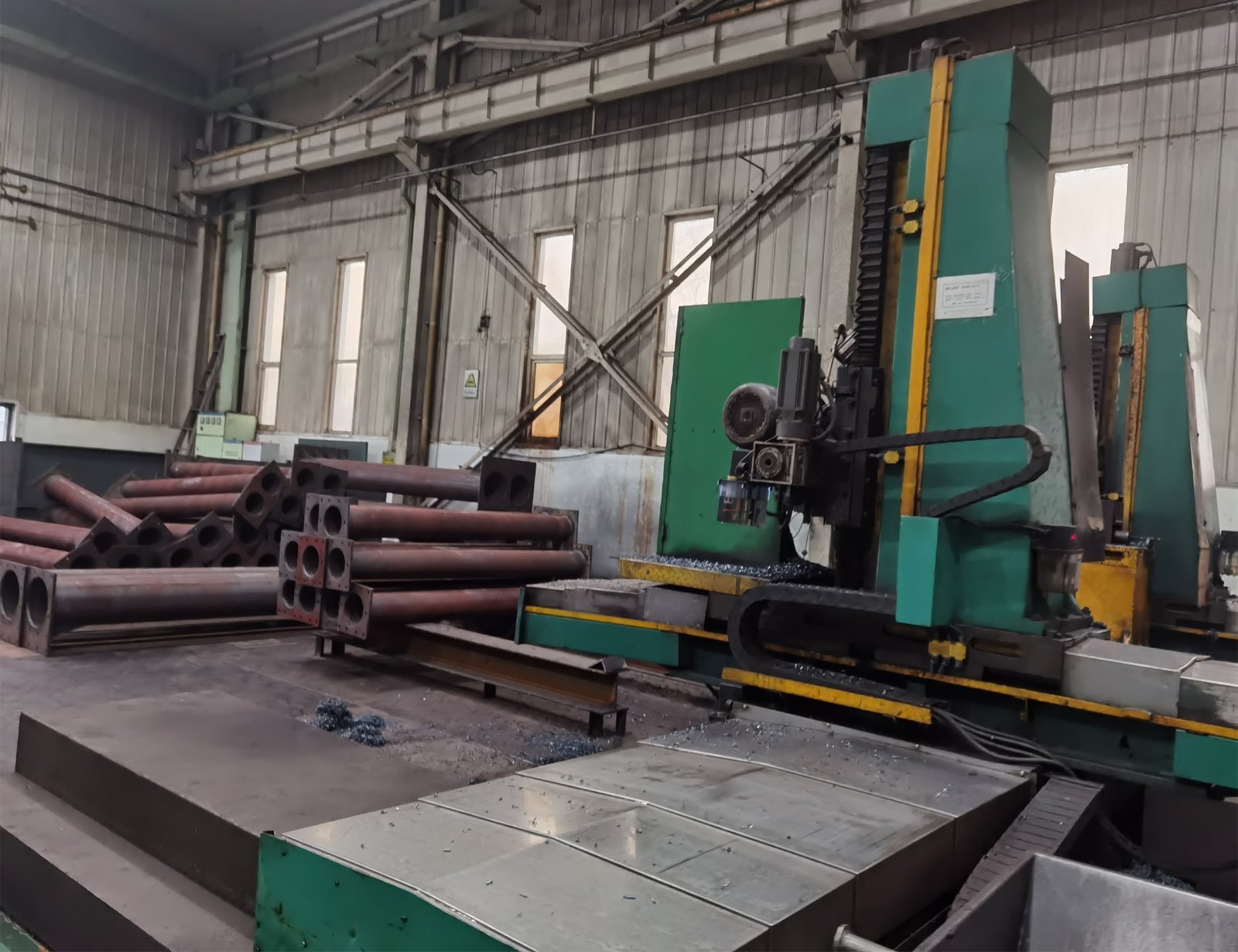
TSX’s Steel Prop
Steel props, also known as adjustable steel props, are commonly used in construction to support temporary structures such as formwork, scaffolding, and ceilings. Here’s an overview of the typical manufacturing process for steel props:
- Material Selection: The manufacturing process begins with the selection of high-quality steel. Commonly used steel grades for props include mild steel or carbon steel due to their strength and durability.
- Cutting: The selected steel is cut into appropriate lengths based on the desired size and specifications of the props. This can be done using various cutting methods such as sawing or shearing.
- Machining and Forming: The cut steel pieces undergo machining processes to shape them into the desired form. This may involve processes such as turning, milling, or drilling to create threaded ends, holes for pins or fasteners, and other necessary features.
- Welding: If the prop design requires multiple components to be joined together, welding is used to securely bond them. Welding techniques such as arc welding or MIG (Metal Inert Gas) welding are commonly employed for this purpose. Welding ensures the structural integrity of the props.
- Surface Treatment: After welding, the steel props may undergo surface treatment processes to improve their corrosion resistance and appearance. This typically involves methods such as galvanizing, where a protective layer of zinc is applied to the surface through hot-dip galvanization or electroplating.
- Quality Control: Throughout the manufacturing process, quality control measures are implemented to ensure that the steel props meet industry standards and specifications. This may involve inspections of dimensions, weld quality, surface finish, and overall structural integrity.
- Packaging and Shipping: Once the steel props have passed quality control checks, they are packaged for transportation to the end users. Packaging may include protective measures to prevent damage during shipping and storage.
It’s important to note that the manufacturing process for steel props may vary slightly depending on the specific design requirements and the manufacturer’s capabilities. However, these general steps outline the typical process involved in producing steel props for construction applications.We can customize products that meet the different needs of our customers.


